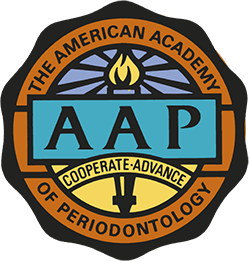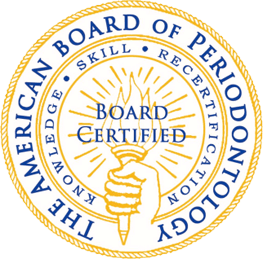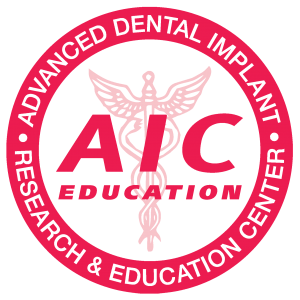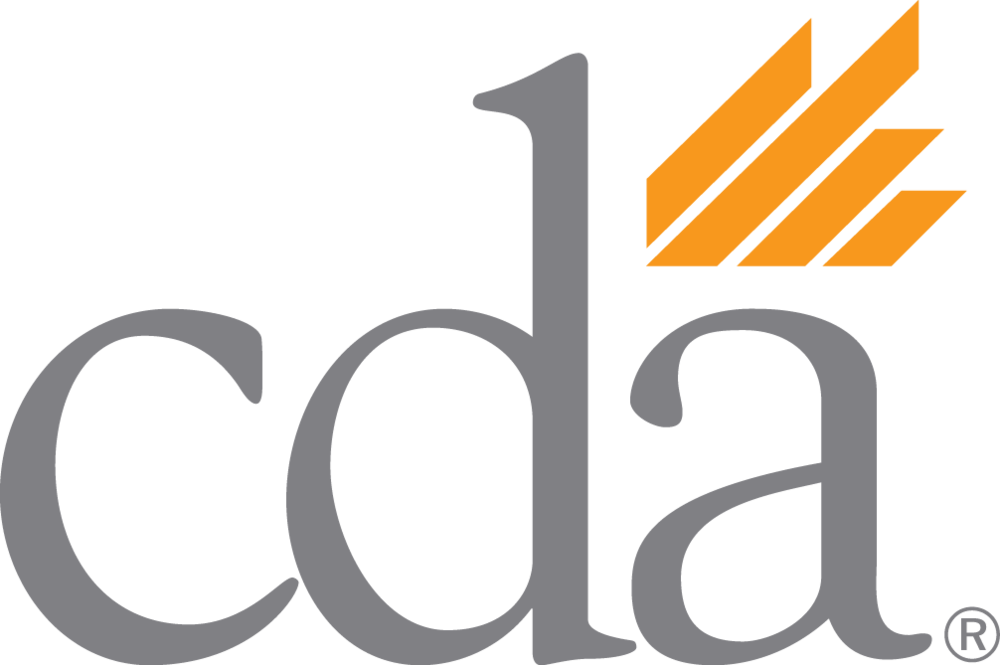Although women typically have better indicators of periodontal health and receive dental checkups more regularly than men, hormonal fluctuations can have an impact on the health of women’s gums. At different stages of their lives, women may face increased susceptibility to periodontal disease.
Puberty
During puberty, an elevated level of such hormones as estrogen and progesterone causes increased blood circulation to the gums. This may lead to the gums’ heightened sensitivity to any irritation, including food particles and plaque. During this time, the gums may become swollen, turn red, and feel tender.
Menstruation
Hormonal changes around the time of a woman’s menstrual cycle can also cause increased blood flow to the gums, decreasing the mouth’s ability to fight off plaque bacteria. This leads to bleeding, swollen, or red gums, a condition known as menstruation gingivitis. Menstruation gingivitis typically occurs right before a woman’s period and clears up once her period has started.
Infertility Treatment
Researchers have found that bleeding gums and inflammation are more common in women who undergo more than three rounds of ovulation induction as part of infertility treatment.
Pregnancy
Hormonal changes during pregnancy can lead to pregnancy gingivitis. Research also suggests that women who experience pregnancy-related hypertension have an increased incidence of periodontal disease. Pregnant women who experience periodontal disease during pregnancy may be twice as likely to develop preeclampsia, which is characterized by high blood pressure and the presence of protein in the urine. It can put both the mother and the baby at risk for severe complications.
Women who experience periodontal disease during pregnancy may also be at risk of having a premature or low birth weight baby. Periodontal disease prevention (and immediate care from a periodontist if disease is diagnosed) may support the health of the mother and child as well as reduce the likelihood of a pre-term, low-weight birth.
Dental Care During Pregnancy
According to the American College of Obstetricians and Gynecologists (ACOG), teeth cleanings and dental x-rays are safe for pregnant women. The American Academy of Periodontology (AAP) states that non-surgical periodontal therapy is safe for pregnant women.
If a woman finds that she needs to have dental treatment during her pregnancy, the ideal time for her to do so is during her second trimester. As a precautionary measure, dental treatments should be avoided during the first trimester of pregnancy as a child’s vital organs are developing during this time. Expectant mothers should also avoid dental treatments during the second half of the third trimester, since it is another crucial period in the baby’s growth and development.
Menopause and Post-Menopause
Women who are menopausal or post-menopausal may notice changes in the mouth, including dry mouth, pain and burning sensations in the gum tissue, and altered taste. Additionally, menopausal gingivostomatitis, which is characterized by swollen gums and lesions in the mouth, affects a small percentage of women. Gums that look dry or shiny, bleed easily, and range from abnormally pale to deep red mark this condition.
Research indicates that women with osteoporosis (which commonly affects women over the age of 50) are more likely to have periodontal disease than women with normal bone density. If a dentist is aware of the condition of someone who has brittle bones, he or she can take measures to diagnose and address periodontal disease before it becomes aggressive.
To maintain periodontal health at all stages of life, it is crucial for women of all ages to brush twice a day, floss at least once each day, and receive a comprehensive periodontal evaluation annually.
Contact us today at (818) 705-3232 to learn more or schedule an appointment.











